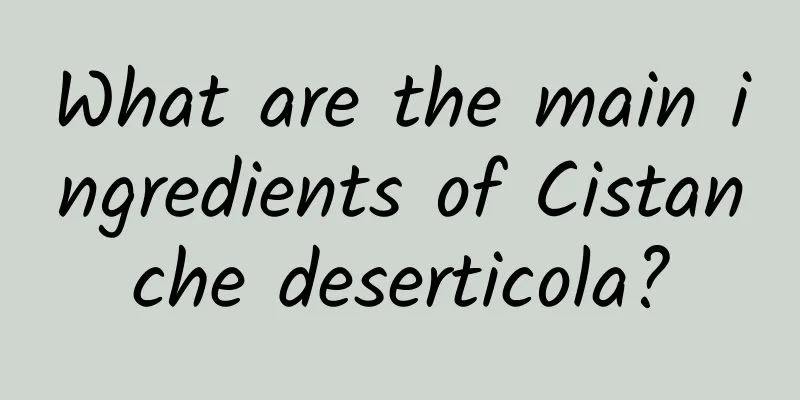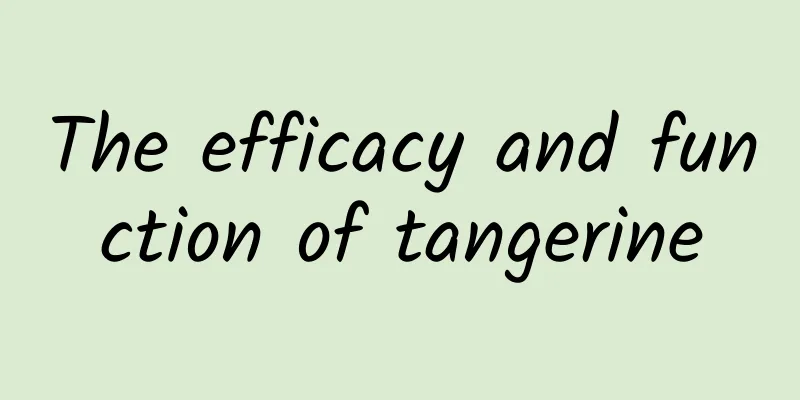The efficacy and function of Huanghuamu

|
The Chinese medicinal herb Huanghuamu is a very good Chinese medicinal material. Huanghuamu has a very good effect in regulating the body and is also widely used in medicine. Let’s take a look together. [Alias] Marigold, Bupyongxiao (Guangxi Chinese Materia Medica), Huanghuameng, Pusjianchou, Ground Plaster (Wenshan Chinese Herbal Medicine), Calendula, Single Branch Fallen (Quanzhou Materia Medica), Shengchelong (Guizhou Plant Medicinal Survey), Huanghuaren, Huanghuawu, Huanghuacao, Xiaobulihu (Guangzhou Air Force's Commonly Used Chinese Herbal Medicine Manual). [Source] It is the whole herb of Malvaceae, a plant of the Malvaceae family . Harvested in autumn and sun-dried. [Original form] Upright multi-branched semi-shrub, 0.5 to 1 meter high. Branchlets densely covered with stellate soft hairs. The leaves are alternate, oblong-lanceolate or rhombus-shaped, about 1.5-4 cm long, about 1-1.5 cm wide, with short pointed or rounded tips and serrated edges; thin papery, covered with short stellate hairs above, grayish white below, densely covered with stellate soft hairs; petioles about 3-6 mm long; stipules spiny. Flowers are solitary in leaf axils; pedicels are weak, with nodes above the middle, about 1 to 2 cm long; calyx is green, stellately pubescent, and 5-lobed; petals are 5, yellow, broadly obovate, obtuse and slightly concave at the apex, fused at the base, and fused to the stamen tube; stamens are numerous, filaments are fused into a tubular shape, glabrous, with sparse glandular papillae; carpels are 8 to 10, forming a ring around the central axis, smooth or slightly wrinkled, about 2.5 mm long, and enclosed in the calyx. The capsule is nearly disc-shaped, 6 to 7 mm in diameter. When mature, the carpels are separated from the midaxis and have two awns on the top. The flowering period is from November to December. [Habitat distribution] Grown in hilly areas, hillsides, seashores, ditches or roadsides. Distributed in Yunnan, Guangdong, Guangxi, Taiwan, Fujian, Guizhou, Jiangxi, Hunan, Hubei and other places. It is produced in Guangdong, Guangxi, Fujian, Yunnan and other places. [Properties] The whole herb is dried, of varying lengths, with young branches covered with star-shaped soft hairs, old branches glabrous, and with a mesh-like texture. The leaves are mostly broken and curled. The complete leaves are oblong-lanceolate or diamond-shaped, dark green on the surface, gray-green on the back, and covered with star-shaped soft hairs. The flowers are in the leaf axils and are yellow. It has a slight fragrance and a light taste. It is best to use dry and sand-free soil. [Pharmacological action] The water-alcohol extract of the whole herb can contract the isolated rat small intestine and can be antagonized by antihistamines; it has no effect on the motility of the rabbit duodenum. Its leaves contain a large amount of mucus and can be used as an expectorant and lubricant. This plant does not contain bitter substances, alkaloids, volatile oils, saponins and triterpenes; some people also report that it contains ephedrine. The plant of the same genus, Sida humilis, has anti-inflammatory effects on formaldehyde-induced arthritis in rats. 【Nature and flavor】 Sweet, spicy, cool. [Entry into meridians] "Quanzhou Materia Medica": "Enters the heart, liver, lung, large and small intestine meridians." 【Functions and indications】 Clears away heat and dampness, promotes blood circulation and discharges pus. Treat influenza, colds, tonsillitis, dysentery, enteritis, jaundice, hemorrhoidal bleeding, vomiting blood, carbuncles and furuncles. [Usage and Dosage] For oral use: decocted in water, 0.5-1 liang (1-3 liang for fresh). For external use: mash and apply. [Additional prescription] ① Treating vomiting blood due to excessive labor: 2 liang of fresh whole herb of Rhizoma Corydalis. Stew with lean pork. (Quanzhou Materia Medica) 【Excerpt】 《*Dictionary》 【Source】 From "Wenshan Chinese Herbal Medicine" The above is an introduction to the effects and functions of taro. If you want to eat taro, it is best to consult a Chinese medicine practitioner. I hope this helps you all. |
<<: The efficacy and function of Hubei Begonia
>>: The efficacy and function of giant saxifrage
Recommend
It took several weeks to remove the parasite from the patient's body.
The species calendar I wrote before was about the...
Riding on a log, ice skating, dragging an ice bed... the ancient people's "Winter Olympics" were actually like this!
2022 Beijing Winter Olympics Attracting the atten...
The efficacy and function of Water General
Traditional Chinese medicine is very helpful in t...
Review of recent epidemic-related rumors: "Those who are used to only looking at pictures can shut up now!"
Review of recent rumors related to the epidemic R...
Are peanut milk and fruit-flavored milk substitutes for cow's milk? Just a few words difference, but big nutritional difference
Milk is rich in nutrients Not only rich in protei...
The efficacy and function of Radix Trichosanthis [Picture]
Although Western medicine and Western drugs are m...
The efficacy and function of the lost stick
Traditional Chinese medicine has always been the ...
This thing that I was often forced to eat by the elderly when I was a child actually has miraculous healing effects
Zingiber officinale is a medicinal herb that grow...
What is the difference between Cistanche deserticola and Cynomorium songaricum
Cistanche grows in the desert. When eating Cistan...
The efficacy and function of the flower
Recently, major TV channels have launched various...
The efficacy and function of fat tree roots
The root of the fat tree is a kind of traditional...
What is the medicinal value of Viola yedoensis
Viola yedoensis is not very familiar to us. It is...
The efficacy and function of the stick wood
The smilax china is a common Chinese medicine wit...
The efficacy and function of thunder balls
Lei Wan is a familiar medicinal material with unu...
The efficacy and function of ox bile
As a traditional Chinese medicine, ox bile provid...









